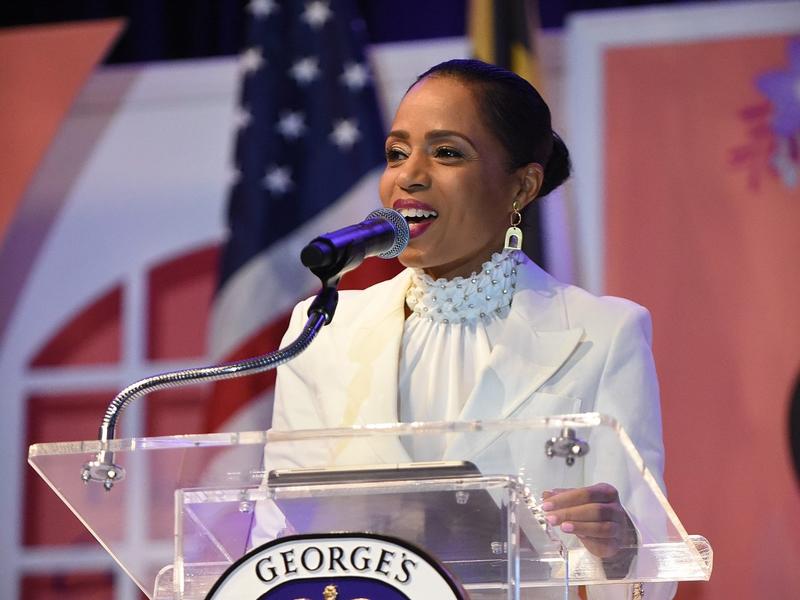
Big Data did a cannonball into the political pool in 2012. President Obama’s re-election campaign aggressively—and ultimately, highly successfully—fused its internal polling with a wealth of consumer research to more directly connect polling to advertising, field, and ultimately, turnout. Among the ripple effects: Obama’s targeting trumped Republicans’ spending; analytics-enhanced polling gained serious street cred in the world of public opinion research; and new opportunities and approaches now confront the curators of these troves of information, not just the newly celebrified “quants” who analyze them.
Take television advertising, for example—the single biggest expense of any campaign. Aggregated information about TV ad content and placement provided by my firm, Kantar Media CMAG, and information from typically Madison Avenue-focused audience measurement providers such as Nielsen (TV program ratings) and Rentrak (set-top box data) fueled Obama’s unprecedented ad-targeting apparatus (as well as Governor Mitt Romney’s leaner, shorter-lived one).
In CMAG’s case, we effectively hooked up a fire hose between our servers and the Democratic National Committee’s (as we also did for the Republican National Committee) and let our data sets pour into

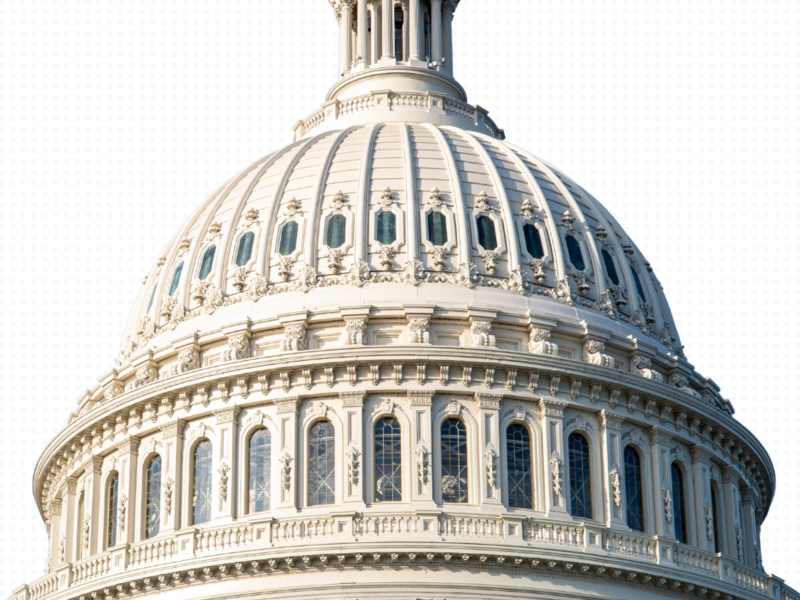

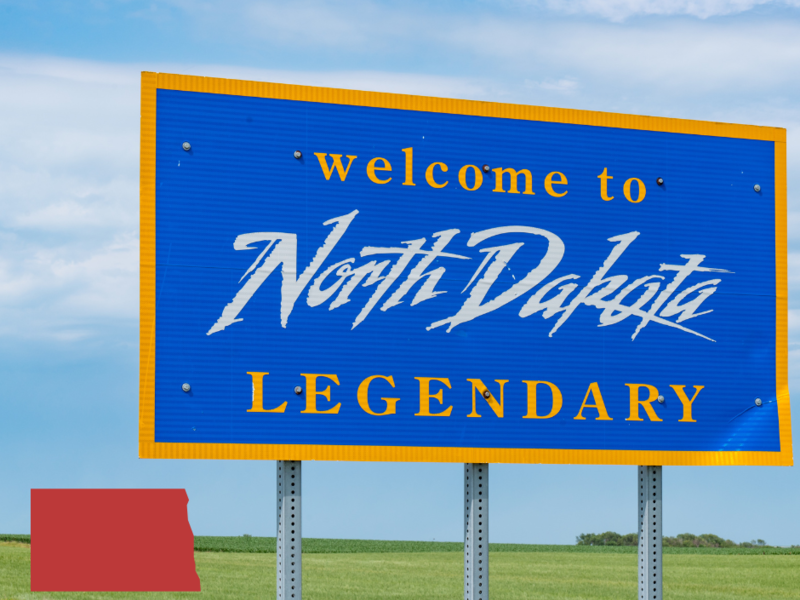

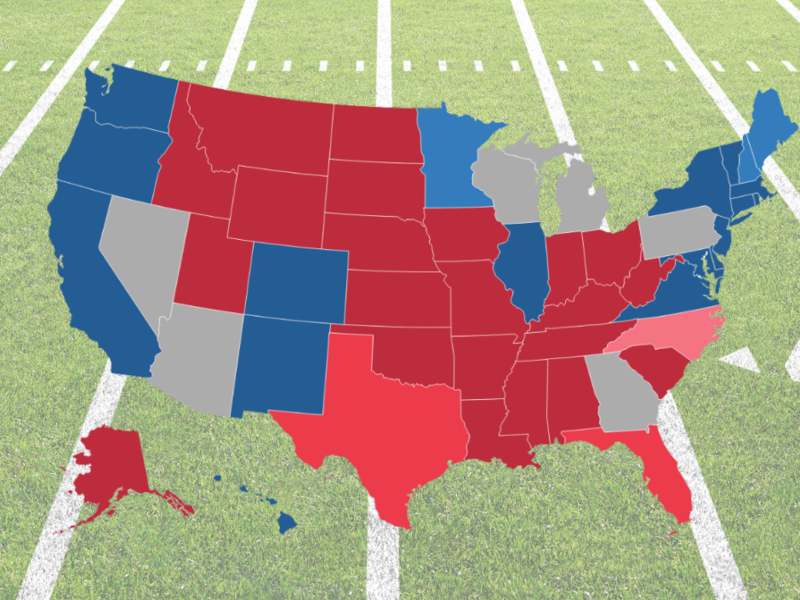


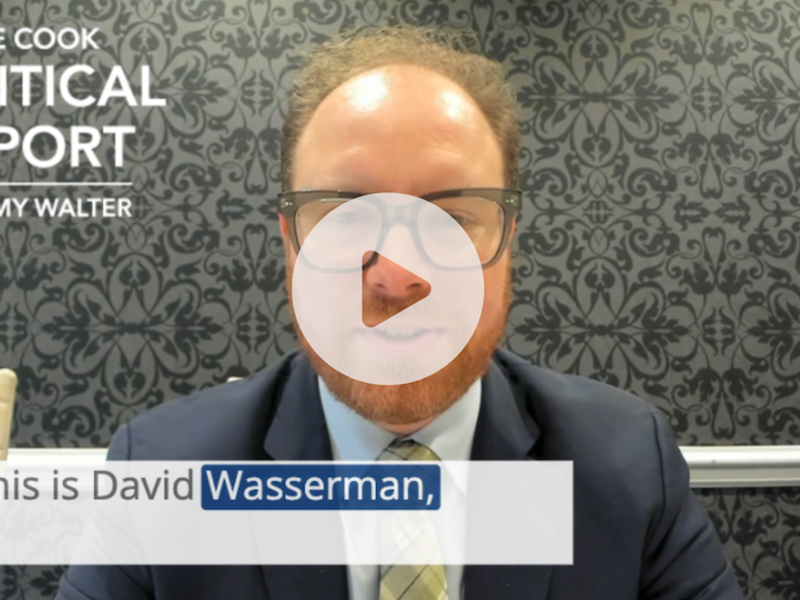

Subscribe Today
Our subscribers have first access to individual race pages for each House, Senate and Governors race, which will include race ratings (each race is rated on a seven-point scale) and a narrative analysis pertaining to that race.